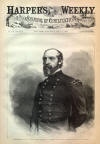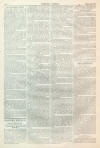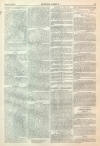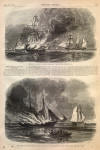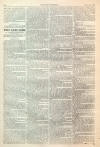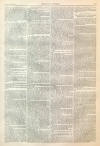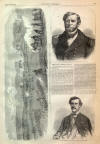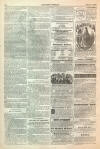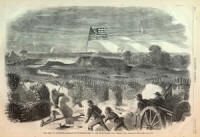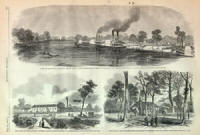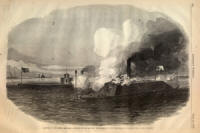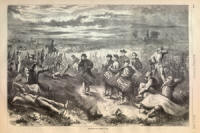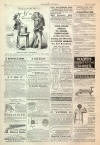Battle of Upperville
|
|
This Site:
|
JULY 11, 1863.] HARPER'S WEEKLY. 445 THE LATE REAR-ADMIRAL FOOTE.—[PHOTOGRAPHED BY BRADY.]THE LATE ADMIRAL FOOTE.WE publish herewith a portrait of the late Rear-Admiral ANDREW HULL FOOTE, who died in this city on 26th June. The Admiral was born in New Haven, Connecticut, on September 12, 1806, and was consequently nearly fifty-seven when he died. He entered the navy in 1822, obtained a warrant of Midshipman in 1824, passed Midshipman in 1827, and Lieutenant in 1810. His services on board the John Adams, Cumberland, and other famous vessels of our navy are well remembered. In 1849 he obtained the command of the brig Perry, and was sent to the coast of Africa, where he took an active part in suppressing the slave-trade. In 1856 he took the command of the Portsmouth, and sailed for the East Indies. It was on that cruise that the affair of the Barrier Forts took place, which we find thus detailed in the Herald: While retiring in his gig, on approaching the Canton barrier forts, mounting one hundred and seventy-six guns, the Chinese opened fire upon his boat, which Commodore Foote returned only with his revolver. A brisk fire was kept up upon his boat; but after passing the first fort he returned to his ship, rather than have his boat destroyed, as it otherwise would have been, and reported the outrage to the Commodore, urging him to vindicate the honor of our insulted flag by an attack upon the forts. On the following day, November 20, the Portsmouth and Levant moved up the river toward the fort; but, the Levant grounding, the Portsmouth, bearing the Commodore's flag, anchored under a brisk fire four hundred and ninety yards from the nearest fort, and for two hours and twenty minutes withstood, and finally silenced, the fire of the fort commonly known as the "Barrier Fort." The Commodore, who had been suffering from ill health, left the ship the next day and returned to Whampoa, and entered upon negotiations with Yeh, the late celebrated Governor of Canton. The Levant, getting afloat, ran up to the Portsmouth on the following day, and the two ships were kept in position ready to act as circumstances might require. Early in the morning of the 21st the two ships opened fire upon the remaining forts, which was returned with a deal of spirit for the space of an hour, when Commander Foote, with Commanders Bell and Smith, landed a force of two hundred and eighty men, taken from the ships of the respective captains, and stormed the nearest and strongest fort. The following day the third and fourth forts were stormed and captured. The Chinese defended their forts with five thousand men, and in the first attack had killed and wounded about four hundred, while the Americans only numbered a loss of forty-four killed and wounded. These fortifications were built of granite, nine feet in thickness; but the famous 8-inch gun of sixty-three hundred weight, with the 8-inch shells, made a breach in the first fort through which the storming party could easily enter and take possession. The English and French were loud in their praises of the squadron for the result of this plucky fight; and as the Portsmouth dropped down the river, the British Admiral, Sir Michael Seymour's ship, as well as his Commodore's vessel, manned the rigging, and gave three rousing cheers for the Portsmouth, while their bands struck up "Hail Columbia" and "Yankee Doodle." On his return to the United States he was appointed to the command of the Brooklyn Navy-yard, and in 1861 received his appointment as Captain. When the rebellion broke out, he was (Next Page) MAJOR KIERNAN.— PHOTOGRAPHED BY BRADY.—[SEE NEXT PAGE.]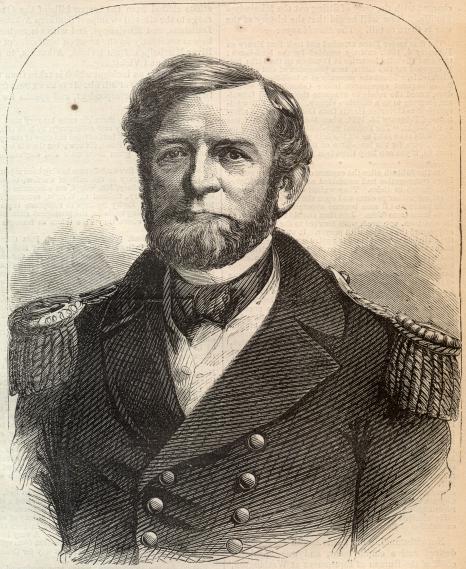 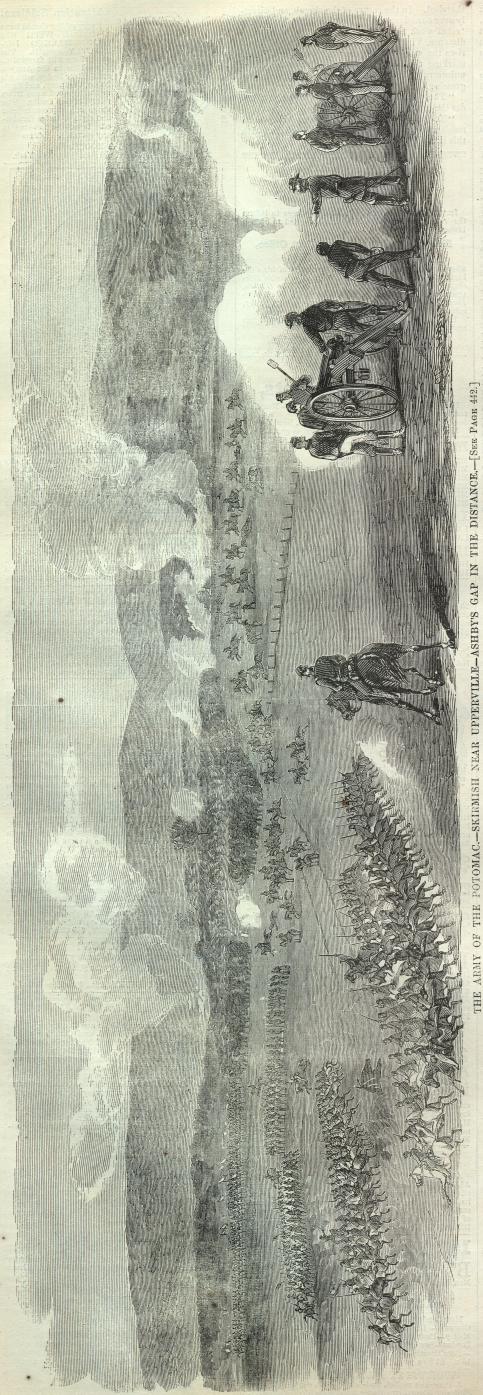 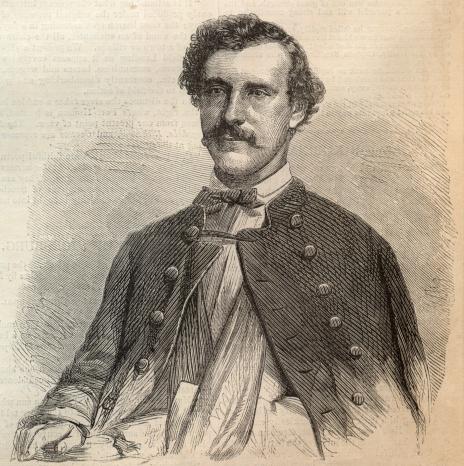 |
||||||||||||||||||||||||||||||
|
|
||
|
|
Site Copyright 2003-2018 Son of the South. For Questions or comments about this collection, contact paul@sonofthesouth.net |
|
|
Are you Scared and Confused? Read My Snake Story, a story of hope and encouragement, to help you face your fears. |
||
